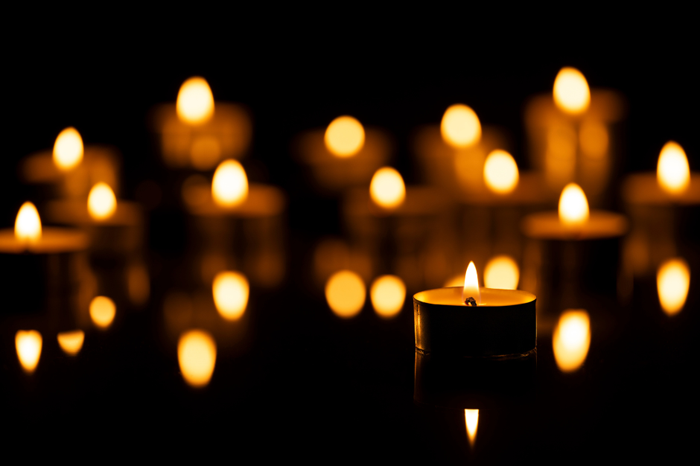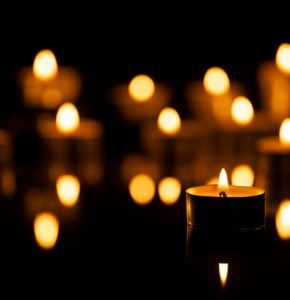
When I was a kid, Araw ng Patay was one of the few days when our entire family came together — cousins, titas, titos, even distant relatives you only saw once a year. It wasn’t just about visiting the cemetery; it was a day filled with stories, prayers, and memories that kept our loved ones alive in our hearts.
Growing up in the Philippines, Araw ng Patay (All Souls’ Day) is more than a holiday — it’s a tradition deeply woven into who we are as Filipinos. Every year, families travel home, pack candles and flowers, and spend the day remembering those who came before us.
Bringing Life to the Cemetery
If you’ve ever spent Araw ng Patay at the cemetery, you know it’s not gloomy at all — it’s actually lively! Families bring food, share laughter, and even play music while cleaning and decorating graves. My lola used to say, “Mas gusto nilang marinig ang tawa natin kaysa iyak.” (They’d rather hear our laughter than our tears.)
We’d spread out our picnic mats, open containers of adobo, pancit, and sandwiches, and spend hours talking about the people we’re visiting. “Naalala mo ba nung bata pa si Lolo…” — and suddenly everyone’s laughing, eyes misty but hearts warm.
Candles, Flowers, and Silent Prayers
There’s something deeply moving about lighting candles together as the sun goes down. The entire cemetery glows in warm light — quiet, peaceful, sacred. It’s like the whole Philippines pauses for a night to remember.
We usually bring marigolds (or whatever flowers are fresh from the palengke), say a short prayer, and whisper our “I miss you” into the night. Those little rituals may seem simple, but they remind us of love that time can never erase.
Teaching My Kids the Tradition
Now that I have my own family, I make sure Ykaie and Twinkle understand why we do this. It’s not about being sad — it’s about remembering with gratitude. I tell them stories about their great-grandparents, show them photos, and teach them to say a short prayer for our loved ones who’ve gone ahead.
Sometimes we can’t visit the cemetery (lalo na if it’s far), so we light candles at home and pray as a family. The important thing is the intention — to remember, to honor, and to give thanks.
Why These Traditions Still Matter
In a fast-paced, digital world where everything feels temporary, these old Filipino traditions remind us of what’s permanent: love and connection. Araw ng Patay teaches our kids compassion, faith, and gratitude for the people who shaped us.
It’s a beautiful balance — mourning, yes, but also celebrating life. Because to remember is to love again.
So this year, when November 2 comes around, I’ll pack candles, bring pancit, and hold my family close. We’ll share laughter, maybe a few tears, but always — always — with full hearts. 💛











